- | 8:00 am
Designers used e-scooters tossed in rivers to make furniture, proving junk can find purpose

The canals of Malmö, Sweden, hold all kinds of oddities. Like many urban waterways, they are strewn with discarded shopping carts, bikes, and dead electric scooters that have been sitting in the water for as long as two years. Many people would discount them as trash, but for one group of designers, trash became treasure.
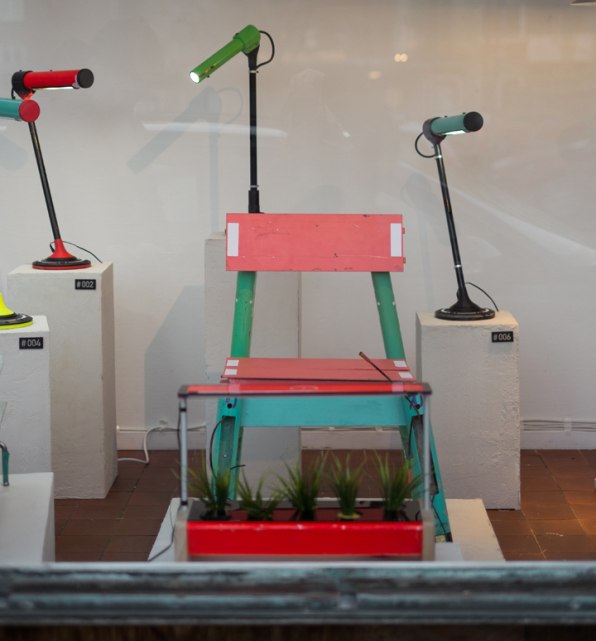
[Photo: courtesy Andra Formen]
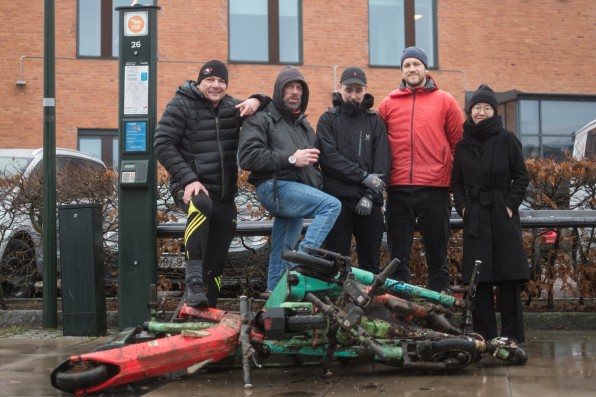
[Photo: courtesy Andra Formen]
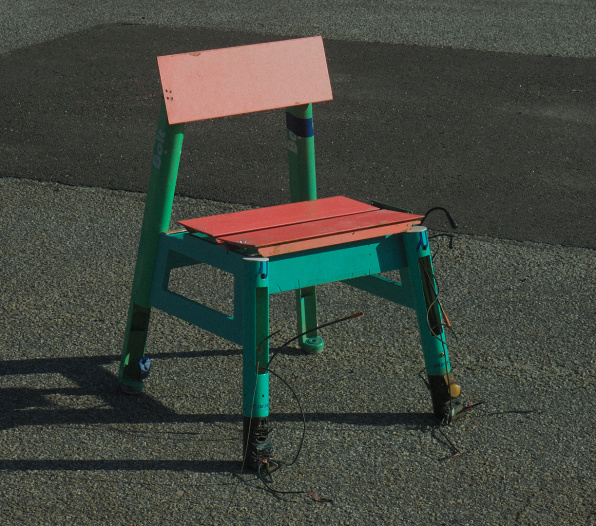
[Photo: courtesy Andra Formen]
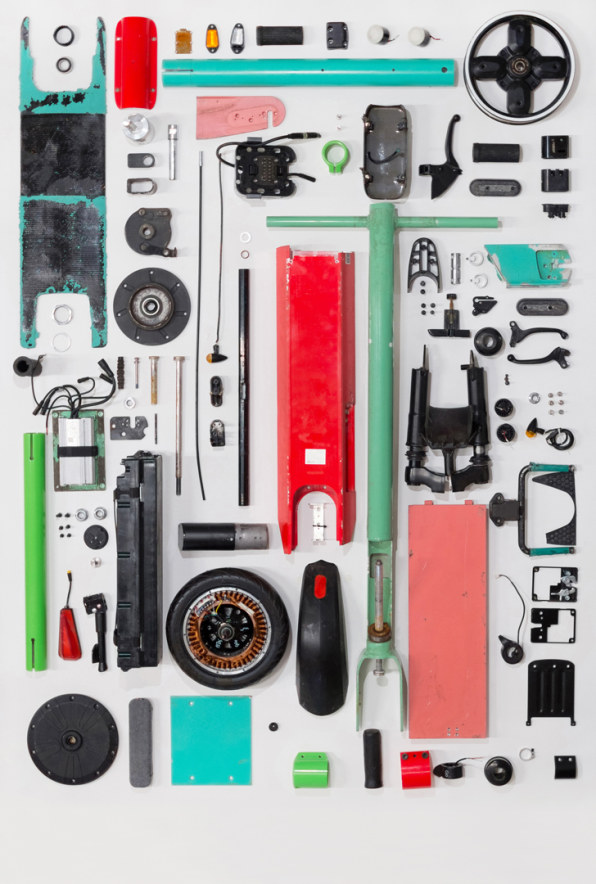
[Photo: courtesy Andra Formen]
After a quick rinse, the team dismantled each scooter (with more than 50 rusty screws, Svensson says even that was a challenge) and started looking for inspiration in each component. “We tried to stay true to the shapes of the scooters,” says Oskar Olsson, who designed many of the desk lamps. “Some even have dents and scratches, and they tell a story about the life it had before.”
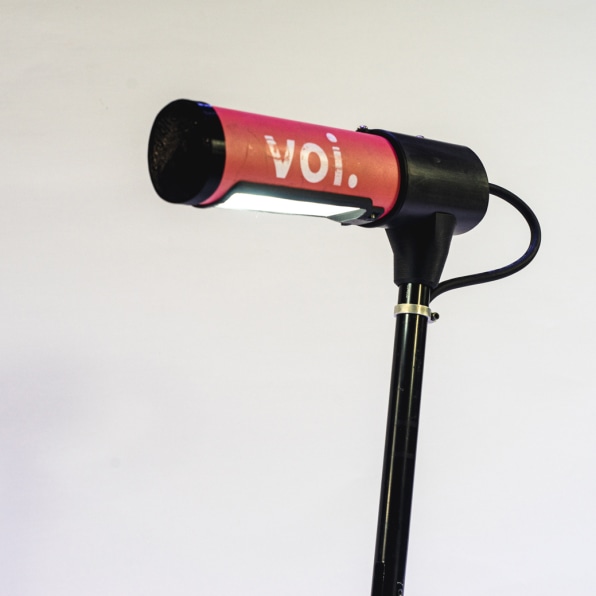
[Photo: courtesy Andra Formen]
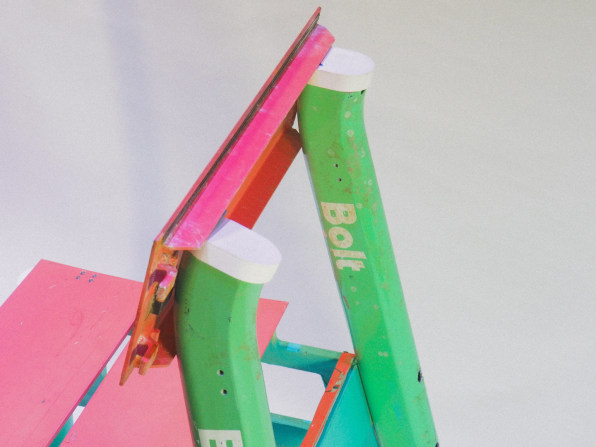
[Photo: courtesy Andra Formen]




































